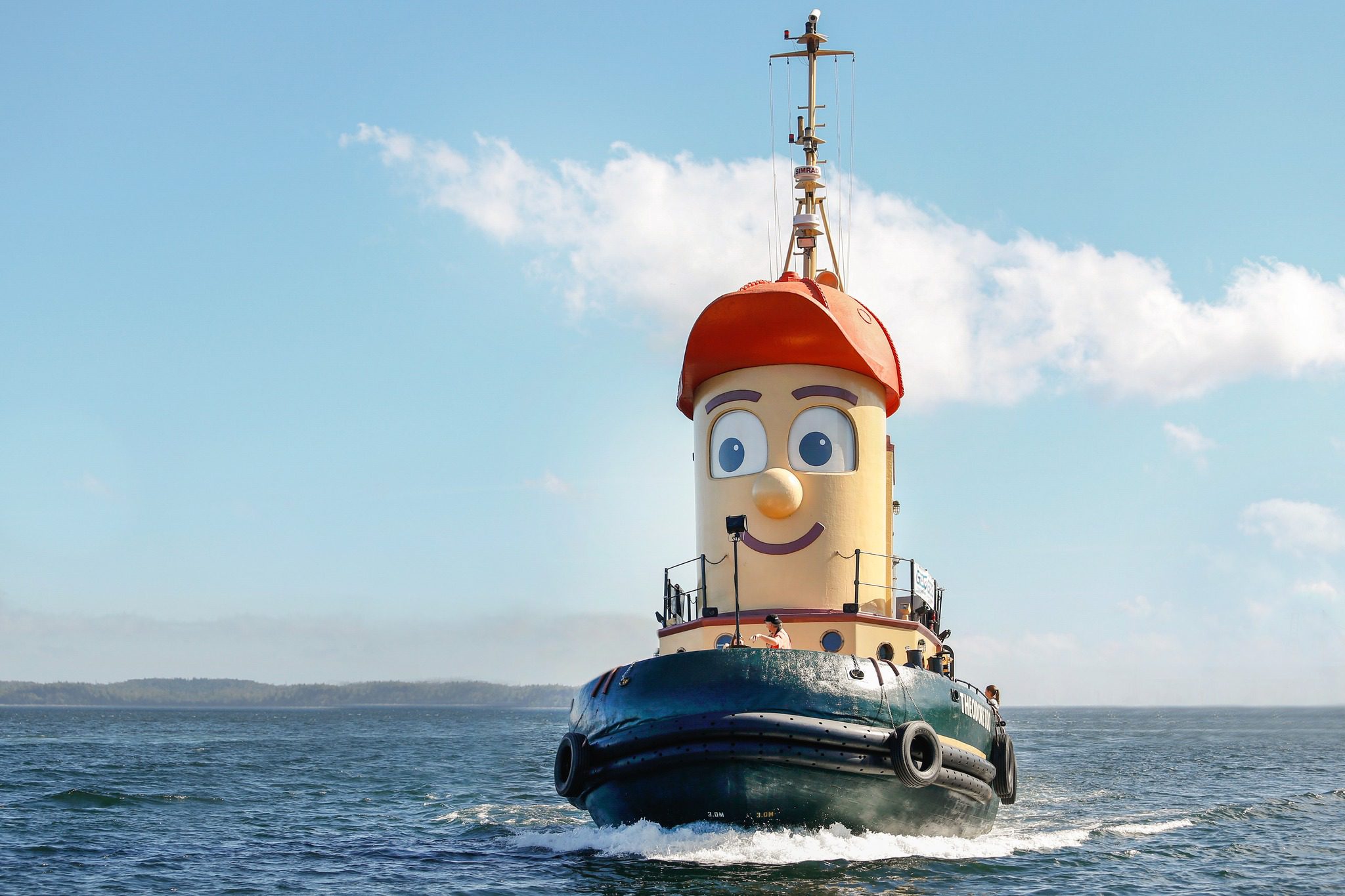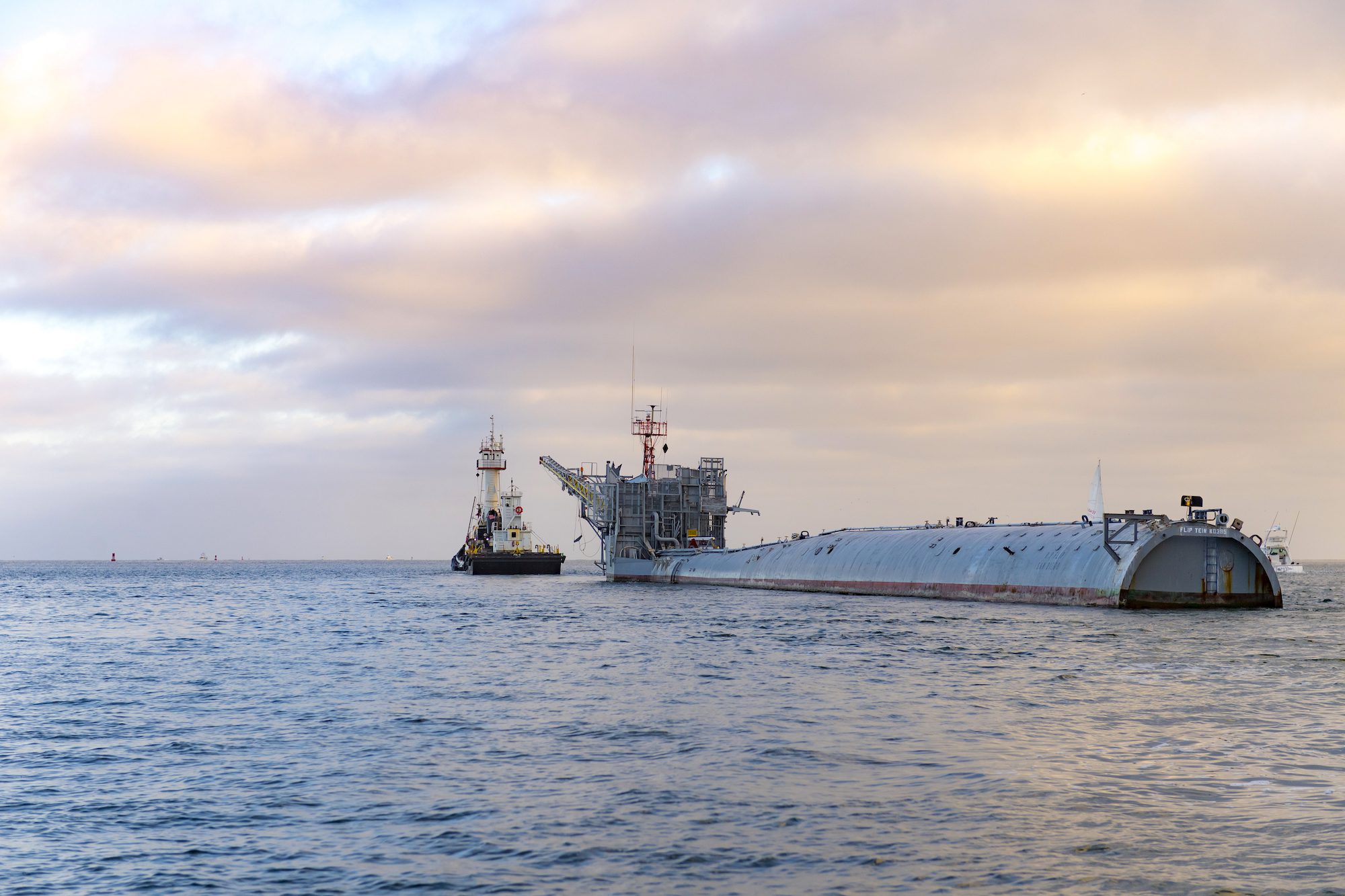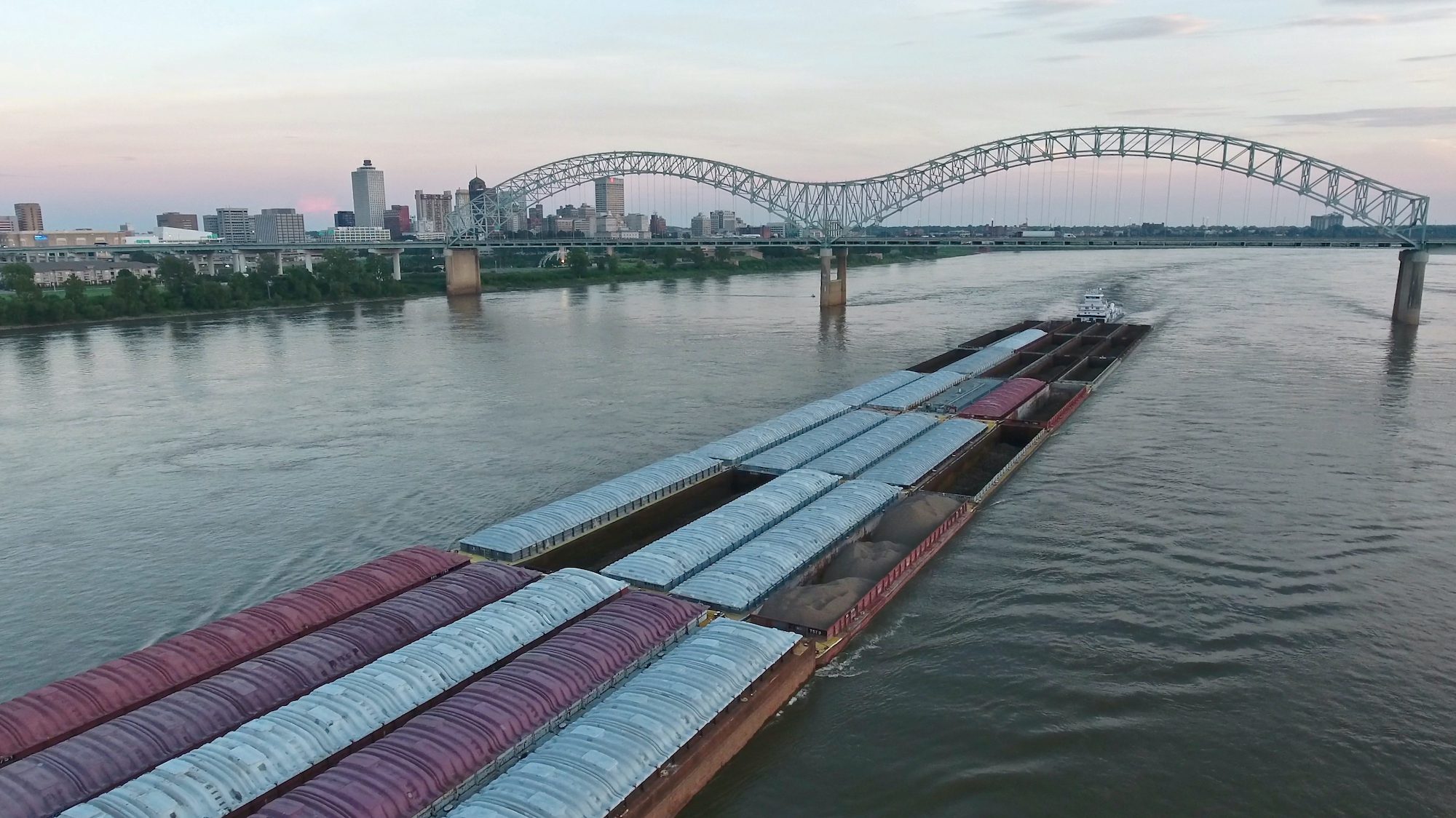By Michael Carr – He looked in through the C-130’s rear cargo doors. He could see all the way up to the cockpit landing, and just stared as he and his dive buddy bobbed in the large ocean swells.
Looking below he saw the immense depths of the ocean, everywhere the endless ocean. But in front of him was this massive C-130 aircraft, bobbing in the large ocean swells. Inside the aircraft he could see a tangle of webbing, lines, and debris.
“Shit,” he said to himself as he sucked air through his SCUBA regulator. He looked over at his buddy, who looked back at him.
He was in charge of this rescue, and so he knew his buddy would follow his lead.
“The Coast Guard does not do body recovery,” he remembered. But that had not stopped or prevented them from recovering bodies previously.
“Yea, we don’t do body recovery, but if we don’t, who will?” he often said. It’s easy to make policy and doctrinal statements when you sit in an office, but the real world is different. You do what you have to do, or what you know you should do, not always what someone dreamed up or put in an instruction.
Large 8-12 foot swells, generated by gale force winds swept over the floating aircraft. At a depth of 20 feet the divers were being raised up and down, making it difficult to get a good view into the aircraft’s belly.
They were about 50 feet away from the C-130’s tail, which cast a shadow over them.
“I really don’t want that tail coming down on us,” he thought. They swam down deeper, to around 40 feet where they could look up at the aircraft. They kept looking, but no solutions for entering and recovering the flight crew came into his mind.
They swam around to the nose of the aircraft, but could not see inside. Each time they attempted to get close a large swell would raise up the aircraft or them, preventing a good straight view inside.
Before the C-130 ditched yesterday her crew had dumped all the cargo and fuel, so the plane was floating because of the air inside the empty fuel tanks. How long it would continue to float was a mystery.
“We want you to go out and see if you can get inside the aircraft and recover the bodies from the flight deck,” were his orders. Over the past day a fierce November winter gale had passed over this stretch of ocean, making entry into the C-130 dubious.
“What if we swim inside through the open ramp, and then get caught in all the webbing and debris, and then the plane decides to sink,” he thought. “I am not even sure we can swim inside without being smashed up.”
As he and his buddy swam around the aircraft, sucking air from their twin SCUBA tanks, he knew he had to make a decision. Do we try to enter the plane or not? And if we can get inside and up to the flight deck, how are we going to pull 4, or maybe 5 bodies out?
It would be easy to just say, “Nope, can’t do this,” but you cannot just say no because a situation looks difficult or makes you feel really uncomfortable.
“Is there a realistic, viable option,” he said to himself. It’s difficult to think rationally and logically when you are bouncing in the ocean, 180 miles from land, in post gale conditions.
He imagined what it must have been like for the C-130s crew as they ditched. He had flown many missions on Coast Guard C-130s and it was disconcerting seeing one floating in the ocean. Just not right.
After making a circle around the aircraft, looking at her from the surface and from 40 feet below, and thinking about every conceivable option he came to the conclusion they could just not go inside.
“What if we get inside and the damn plane starts to sink. If we had lift bags on her, and if the seas were calm, then maybe, but this is a mess. There is no plan B if we get caught inside the plane,” he conjectured.
“We can’t do this,” he finally said to himself.
After bobbing in the swells for a few more minutes, he signaled his buddy NO GO, and gave thumbs up to surface. On the surface a Coast Guard helicopter recovered them, and once inside the helicopter he was patched through to the Coast Guard Rescue Coordination Center.
“We can’t get inside the plane, it’s too rough, and there is too much debris inside,” he said. He felt relieved, but personally disappointed. He wanted mission success, and a solution. But today there was no solution.
Their helicopter headed back to Air Station Elizabeth City NC, and a few hours later the C-130 sank, taking her flight crew with her.

 Join The Club
Join The Club










